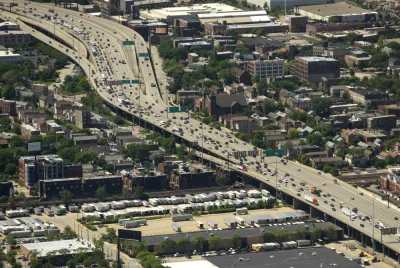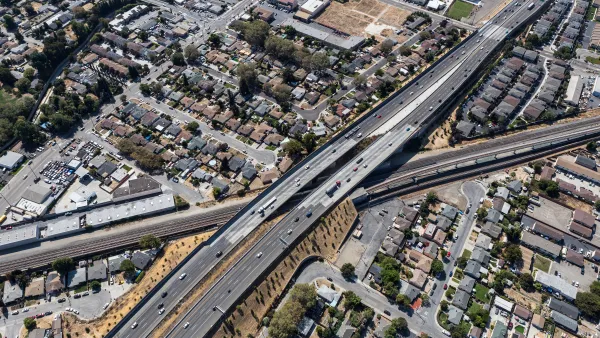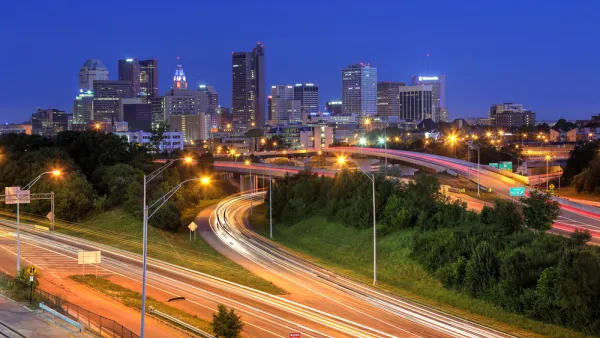To begin to reverse decades of discrimination and disinvestment, future infrastructure spending must put equity at the forefront.

In the history of highway construction in the United States, writes Denise Turner Roth, "[t]here are countless examples of vulnerable populations decimated in the name of progress and expansion." For a century or more, "infrastructure in U.S. cities has been planned, designed, and built too often without consistent and meaningful regard for the impacts on vulnerable communities, historically people of color, particularly those living in poverty."
According to Turner Roth, redressing the decades of negative impacts will take a conscious focus on equity in future infrastructure funding. "Equitable infrastructure considers the short- and long-term impacts on human health and well-being, and takes shape based on input from all members of a community. Equitable infrastructure is, at its core, defined by the principle that everyone deserves a fair opportunity to thrive."
Equitable infrastructure is critical, Turner Roth writes, for several reasons: the inequity perpetuated lasts for generations; inequity is too often invisible to many people; and inequity harms everyone, producing societal costs that ripple beyond the communities most directly affected.
Turner Roth outlines five ways to include equity in infrastructure spending that include diverse representation, consideration of outliers such as rural communities, opportunities for minority-owned businesses, nature-based solutions, and a strong understanding of the past. "Rebuilding our infrastructure today is an opportunity to do it right this time—for everyone. Without equity, our infrastructure remains broken."
FULL STORY: Why equity is critical to our future infrastructure spending

Analysis: Cybertruck Fatality Rate Far Exceeds That of Ford Pinto
The Tesla Cybertruck was recalled seven times last year.

National Parks Layoffs Will Cause Communities to Lose Billions
Thousands of essential park workers were laid off this week, just before the busy spring break season.

Retro-silient?: America’s First “Eco-burb,” The Woodlands Turns 50
A master-planned community north of Houston offers lessons on green infrastructure and resilient design, but falls short of its founder’s lofty affordability and walkability goals.

Test News Post 1
This is a summary

Analysis: Cybertruck Fatality Rate Far Exceeds That of Ford Pinto
The Tesla Cybertruck was recalled seven times last year.

Test News Headline 46
Test for the image on the front page.
Urban Design for Planners 1: Software Tools
This six-course series explores essential urban design concepts using open source software and equips planners with the tools they need to participate fully in the urban design process.
Planning for Universal Design
Learn the tools for implementing Universal Design in planning regulations.
EMC Planning Group, Inc.
Planetizen
Planetizen
Mpact (formerly Rail~Volution)
Great Falls Development Authority, Inc.
HUDs Office of Policy Development and Research
NYU Wagner Graduate School of Public Service




























